 For many men, surgery for an enlarged prostate brings some relief.
For many men, surgery for an enlarged prostate brings some relief.
Urine flows more easily.
Urgency improves.
Nights get less interrupted.
But surgery often brings new hurdles: leakage, sexual problems, and the stress of wondering how much function you’ll get back.
A new study in International Urology and Nephrology shows there’s something men can do about it.
Targeted pelvic floor exercises can smooth the recovery process and protect quality of life.
Benign prostatic hyperplasia (BPH) is one of the most common conditions men face after age 50.
When symptoms like frequent urination, weak stream, or straining get too severe, many men undergo transurethral resection of the prostate (TURP).
TURP works, but side effects are common: incontinence, erectile dysfunction, and lingering anxiety.
The researchers tested whether pelvic floor muscle training (PFMT), taught with a behavioral framework called the Health Belief Model (HBM), could make a difference.
The HBM helps people stick to health programs by tackling beliefs about risks, benefits, and barriers head-on.
They studied 180 men recovering from TURP. Half got standard care.
The other half followed a 12-week structured PFMT program built on the HBM.
The program offered education, motivation, and consistent guidance so men could stick with the exercises.
Here’s what happened. Compared to men who had standard care, those in the PFMT group:
-
• Had fewer urinary symptoms (IPSS score: 5.16 vs. 8.39)
• Scored better on erectile function (IIEF-5 score: 20.08 vs. 20.99)
• Reported lower anxiety and depression
• Adopted healthier habits overall
The study suggests that pelvic floor training can reduce complications and help men feel more in charge of their recovery.
But prostate surgery is absolutely unnecessary in most cases. Thousands of readers have shrunk their prostates using the simple, all-natural steps explained here…
And when it comes to pelvic-floor training, it’s a big part of our Erectile Dysfunction program – now we have yet another proof how effective these exercises are…

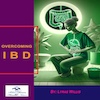 Overcoming IBD
Overcoming IBD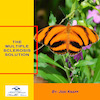 Multiple Sclerosis
Multiple Sclerosis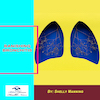 Banishing Bronchitis
Banishing Bronchitis Gum Disease Gone
Gum Disease Gone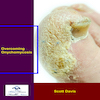 Overcoming Onychomycosis
Overcoming Onychomycosis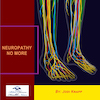 Neuropathy No More
Neuropathy No More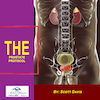 The Prostate Protocol
The Prostate Protocol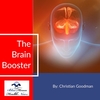 Brain Booster
Brain Booster
 Ironbound
Ironbound
 Solution for Shingles
Solution for Shingles
 The Bone Density Solution
The Bone Density Solution
 The Ultimate Healing Protocol
The Ultimate Healing Protocol
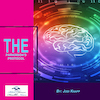 The Parkinson's Protocol
The Parkinson's Protocol
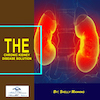 The Chronic Kidney Disease Solution
The Chronic Kidney Disease Solution
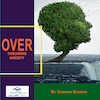 Overthrowing Anxiety
Overthrowing Anxiety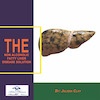 The Fatty Liver Solution
The Fatty Liver Solution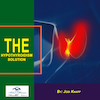 The Hypothyroidism Solution
The Hypothyroidism Solution
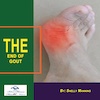 The End of Gout
The End of Gout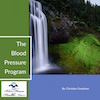 The Blood Pressure Program
The Blood Pressure Program
 The Oxigized Cholesterol Strategy
The Oxigized Cholesterol Strategy
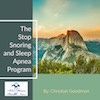 Stop Snoring And Sleep Apnea Program
Stop Snoring And Sleep Apnea Program
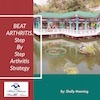 The Arthritis Strategy
The Arthritis Strategy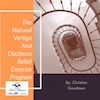 The Vertigo & Dizziness Program
The Vertigo & Dizziness Program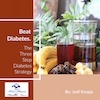 The 3-Step Diabetes Strategy
The 3-Step Diabetes Strategy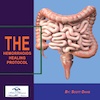 Hemorrhoids Healing Protocol
Hemorrhoids Healing Protocol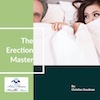 The Erectile Dysfunction Master
The Erectile Dysfunction Master Weight Loss Breeze
Weight Loss Breeze The IBS Program
The IBS Program The Insomnia Program
The Insomnia Program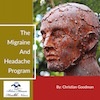 The Migraine and Headache Program
The Migraine and Headache Program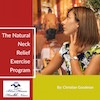 The Neck Pain Solution
The Neck Pain Solution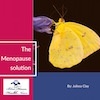 The Menopause Solution
The Menopause Solution The Ejaculation Master
The Ejaculation Master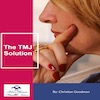 The TMJ Solution
The TMJ Solution The Acid Reflux Solution
The Acid Reflux Solution The Fibromyalgia Solution
The Fibromyalgia Solution The Psoriasis Strategy
The Psoriasis Strategy